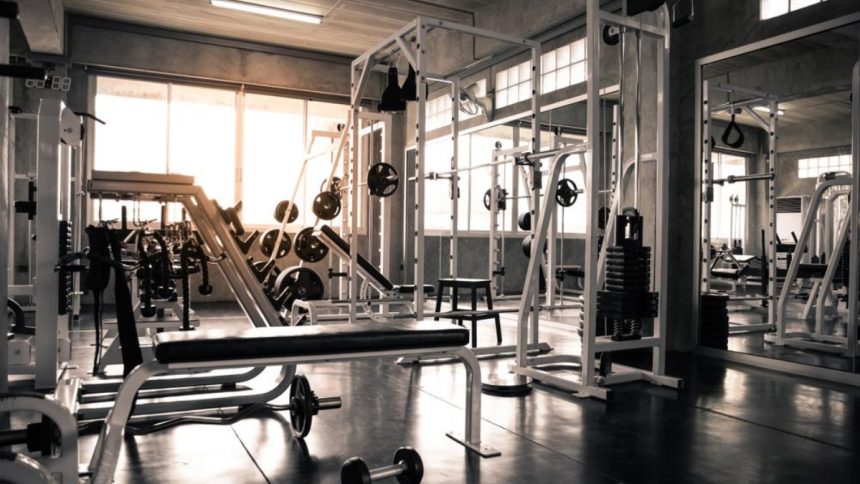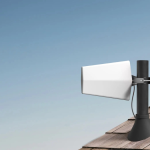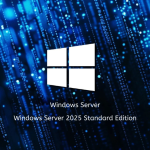Choosing the right fitness equipment is a crucial step toward achieving your health and fitness goals. With countless options available, from treadmills to dumbbells, it can be overwhelming to know what’s best for your needs. The right equipment not only enhances your workouts but also ensures efficiency, safety, and long-term motivation.
Before making a purchase, it’s essential to determine what you want to achieve, whether it’s weight loss, muscle building, improved flexibility, or overall endurance. This guide will help you understand how to choose the right fitness equipment based on your goals, space, budget, and other factors.
Understanding Your Fitness Goals
Your fitness journey should begin with a clear goal. The type of equipment you invest in should align with what you aim to achieve. Here are some of the most common fitness goals and how they influence your equipment choices:
Weight Loss & Fat Burning
If your primary goal is weight loss, you need equipment that helps you burn calories efficiently. Cardiovascular workouts are essential, as they increase your heart rate and promote fat loss.
Muscle Building & Strength Training
Strength training is key for building lean muscle and improving body composition. Resistance-based equipment is essential to target different muscle groups.
Flexibility & Mobility
For those who prioritize flexibility and mobility, investing in tools that aid stretching and recovery is beneficial. This goal is particularly important for athletes, older adults, and individuals recovering from injuries.
Endurance & Cardiovascular Health
If you want to improve your overall stamina and cardiovascular health, you’ll need equipment that engages large muscle groups and elevates your heart rate over an extended period.
Fitness Equipment for Different Goals
Once you’ve identified your goal, it’s time to select the right equipment. Here’s a breakdown of what works best for each category:
A. Weight Loss & Cardio Fitness
For those focused on burning calories and improving cardiovascular health, the following equipment is highly effective:
- Treadmills – Great for walking, jogging, and running at different speeds and inclines.
- Stationary Bikes – Low-impact cardio option that strengthens the lower body.
- Rowing Machines – Provides a full-body workout that improves endurance and burns calories.
- Jump Ropes – Affordable and excellent for high-intensity interval training (HIIT).
B. Strength & Muscle Building
To build muscle effectively, resistance-based training is necessary. Consider the following:
- Dumbbells & Barbells – Versatile for various exercises targeting different muscle groups.
- Kettlebells – Ideal for functional strength movements like swings and snatches.
- Resistance Bands – Great for adding resistance to bodyweight exercises.
- Weight Benches – Necessary for exercises like bench presses and step-ups.
C. Flexibility & Mobility
If your goal is to enhance flexibility and recovery, these tools will help:
- Yoga Mats – Provides comfort for stretching and yoga routines.
- Foam Rollers – Aids in muscle recovery and reduces soreness.
- Resistance Bands – Helps improve range of motion and mobility.
D. Functional Fitness & Full-Body Workouts
Functional training enhances overall body movement and strength. Some useful equipment includes:
- Medicine Balls – Great for explosive power exercises.
- Battle Ropes – Improves endurance and strength with high-intensity workouts.
- TRX Suspension Trainers – Uses bodyweight for a full-body workout.
Factors to Consider When Choosing Equipment
When investing in fitness equipment, consider the following factors to make an informed decision:
Space Availability
Before buying large machines, measure the available space in your home or gym. Compact or foldable equipment is ideal for small spaces.
Budget Considerations
Fitness equipment can range from affordable to high-end. Determine your budget and prioritize essentials over luxury items. Look for cost-effective options that offer durability and versatility.
Durability & Quality
High-quality materials ensure longevity and safety. Check product reviews, warranties, and brand reputation before purchasing.
Ease of Use
Beginners should opt for simple, user-friendly equipment, while experienced individuals can explore more advanced machines.
Versatility
If you have a limited budget or space, choose multi-functional equipment that allows you to perform multiple exercises.
Where to Buy Fitness Equipment
Once you’ve decided on the right fitness gear, finding a reliable retailer is crucial. Shopping at a reputable fitness store ensures quality products and professional guidance.
To explore high-quality fitness equipment, find your Fitness Experience locationto shop easily for your equipment and get expert recommendations based on your goals.
You can also consider:
- Online Stores – Many e-commerce platforms offer discounts and customer reviews.
- Local Sports Shops – Allows you to test the equipment before purchasing.
- Second-Hand Markets – Great for budget-conscious buyers, but inspect items for wear and tear.
Conclusion
Choosing the right fitness equipment is essential for achieving your health goals efficiently. Whether you aim to lose weight, build muscle, improve flexibility, or enhance endurance, selecting the appropriate gear makes all the difference.
By investing wisely in fitness equipment that aligns with your goals, you’ll stay motivated and committed to a healthier lifestyle.
Lynn Martelli is an editor at Readability. She received her MFA in Creative Writing from Antioch University and has worked as an editor for over 10 years. Lynn has edited a wide variety of books, including fiction, non-fiction, memoirs, and more. In her free time, Lynn enjoys reading, writing, and spending time with her family and friends.















